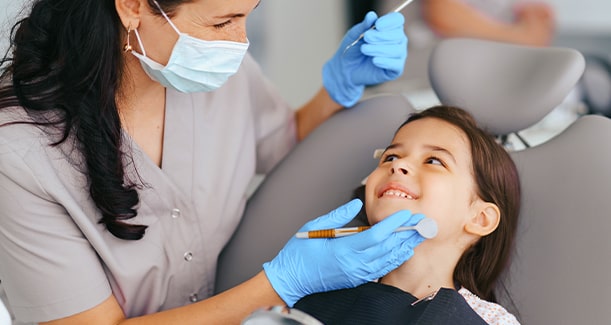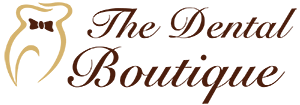Creating healthy smiles for little ones
Fillings

Composite:
To treat a cavity your dentist will remove the decayed portion of the tooth and then “fill” the area with tooth-coloured material. For coopertaive children composit is the best choice.
Glass Ionomer cement:
Glass ionomer cement systems have become important dental restorative and luting materials for use in preschoolers, children and teenagers. These materials form chemical bonds to tooth structure, are biocompatible, release fluoride ions for uptake by enamel and dentin, and are able to take up fluoride ions from dentifrices, mouthwashes, and topically applied solutions. It’s the best choice for uncooperative children.
What is a pulpectomy?
When the nerve of a baby tooth becomes infected, a pulpectomy can save the tooth. Like a root canal in an adult tooth, a pulpectomy involves removal of the infected nerve and the placement of a filling material.
Fluoride protection
Fluoride helps prevent tooth decay by making the tooth more resistant to acid attacks from plaque bacteria and sugars in the mouth. It also reverses early decay. In children under 6 years of age, fluoride becomes incorporated into the development of permanent teeth, making it difficult for acids to demineralize the teeth.


Pit & Fissure sealants
What are sealants?
Sealants are a safe and painless way of protecting your teeth from decay. A sealant is a protective plastic coating, which is applied to the biting surfaces of the back teeth. The sealant forms a hard shield that keeps food and bacteria from getting into the tiny grooves in the teeth and causing decay.
Space maintainers
Space maintainers may be used:
Stainless steel crowns
Stainless steel crowns (SSC) have been a very successful treatment modality in pediatric dentistry. Theoretically, they last the lifespan of the tooth. In addition to restoring the tooth, stainless steel crowns offer additional prevention from recurrent decay, especially in high caries-risk children. Overall, they are easy to place and the new generation SSCs require minimal trimming and manipulation. Most often a fluoride-releasing glass ionomer is used for the cementation of the final restoration.
Indications:

Habit breakers

Habit breakers do exactly what their name implies – they help patients break or stop a dysfunctional habit, like sucking thumbs or placing the tongue in between the front teeth. One of the most common habit breakers we use is the tongue crib, which is a fixed appliance that keeps your tongue positioned posteriorly and also keeps you from resting your thumb on the roof of your mouth. Usually the habit stops within days, but the appliance remains in the mouth for approximately six months in order to make sure the practice has completely vanished.
Functional appliances
Most children with crowded teeth and bad bites have narrow jaws and underdeveloped lower jaws, which could be corrected with functional appliances. Functional appliances help correct the bone problems, while the tooth problems are corrected with the orthodontic braces. The ideal age for the use of functional appliances is between ages seven and eleven, when the cooperation level is the highest.

Pediatric Dentist in JLT
We understand the unique dental needs and concerns of children, and our team of highly skilled and compassionate pediatric dentists in JLT is dedicated to providing exceptional dental care for your little ones. As parents ourselves, we know how important it is to find a trusted pediatric dentist who can create a comfortable and positive dental experience for your child.
When you bring your child to our dental clinic in JLT, you can expect a warm and welcoming environment designed to make them feel at ease. Our pediatric dentists utilize gentle techniques and employ a friendly approach to help children feel comfortable during their visits. We believe that building trust and fostering a positive relationship with our young patients is essential in maintaining their oral health and instilling good dental habits.
Meet our team
Know your pediatric specialist
See what makes our clients smile

FAQs










